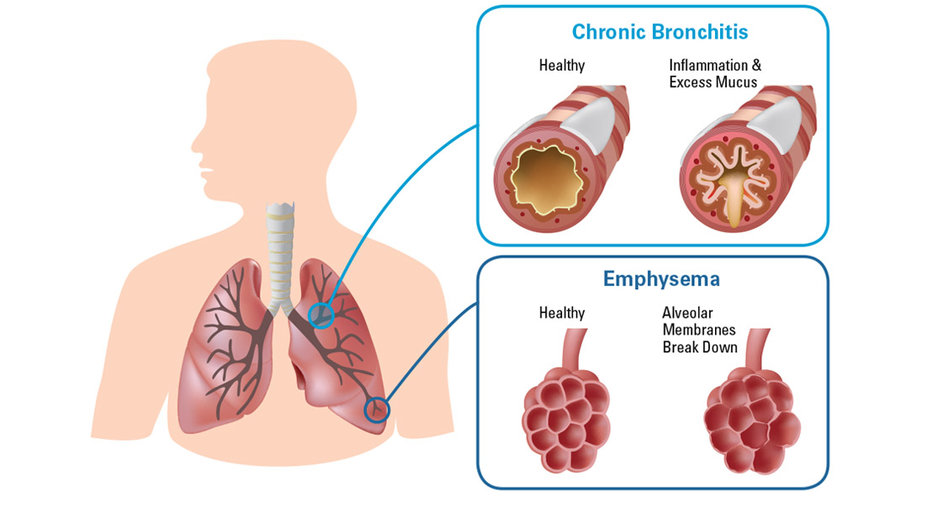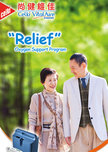Sleep Apnea
OpenBreastfeeding
OpenBreastfeeding
OpenUseful Information for Mothers
Open- Medela 2 Phase Expression
- Hygiene During Pumping Breastmilk
- Latching On in Cross-Cradle Position
- Latching On in Side-lying Position
- Latching On in Cradle Position
- Latching On in Clutch Position
- How to Choose the Right PersonalFit Breastshield?
- How to Choose the Size of Comfy Bra & Easy Expression Bustier?
Breastfeed After Work
Open



